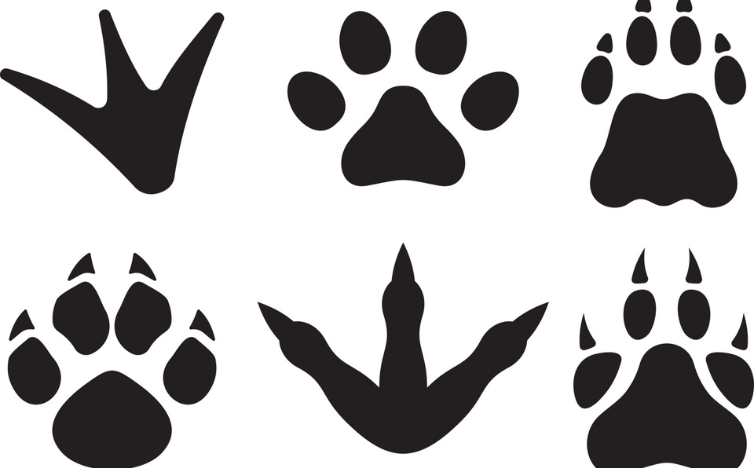Some animals are easy to study, like certain penguins that aren’t afraid of humans. But others, like Namibia’s brown hyenas, are more challenging. These hyenas are active mainly at night and are difficult to catch on camera. They even destroy camera traps, as researcher Marie Lemerle found out when young hyenas chewed up her equipment.
This is why Lemerle was excited when WildTrack, a U.S. nonprofit, asked if she’d help develop an AI system to identify hyenas by their footprints. Zoe Jewell, a British conservationist, has been working with WildTrack for 13 years to create an AI-powered tool that can identify animals by analyzing their tracks. Currently, the tool recognizes 17 animals, including leopards and rhinos. The team’s goal is to refine the system so it can identify individual animals based on subtle details in their tracks.
For the last five months, Lemerle has been photographing hyena tracks at a site where the animals hunt. She uses these photos to help WildTrack’s AI learn to distinguish between different hyenas. The AI looks at 120 measurements in each footprint to find a match. Differences in toe angles or signs of injury, like a limp, can help the AI tell one hyena from another.
The AI tool could be a big help for researchers like Lemerle. It would allow her to learn more about hyenas’ movements and behavior without having to see them directly. Other experts agree that this technology could be valuable. Wesley Gush, a researcher in South Africa, says that brown hyenas are hard to track, and an automated tool could make research easier.
The WildTrack team also hopes their AI will help protect brown hyenas, which are a near-threatened species. There are fewer than 10,000 brown hyenas left in southern Africa. With many dying due to car accidents or conflicts with farmers, the AI could show that tracks found near farms don’t belong to hyenas, possibly reducing revenge killings.
Jewell believes the model they develop could be used anywhere to help conserve brown hyenas. That’s the ultimate goal.
Source: smithsonianmag




